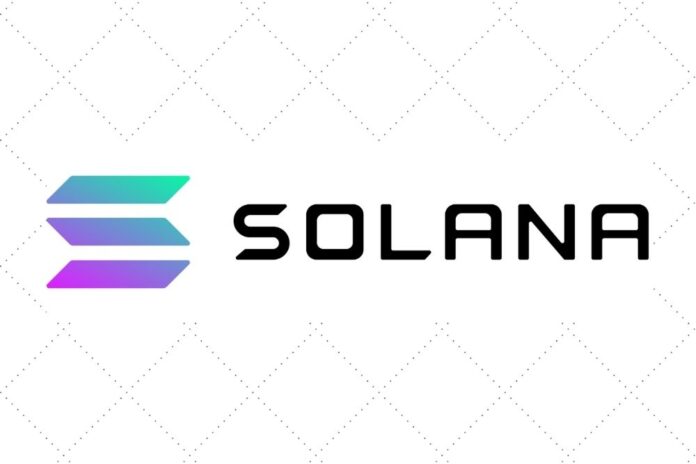Solana is a fast-expanding blockchain platform known for its high-speed, low-cost transactions and ability to scale to manage huge volumes of traffic.
Unlike other popular blockchain systems which can have poor transaction speeds and high fees during peak usage periods, Solana allows users to execute transactions rapidly.
In this article, we’ll look at what Solana is, how it operates, and what makes it unique in the blockchain space. We’ll also explore how to trade Solana and discuss if it’s a worthy investment for you.
What is Solana Blockchain?
Solana is a blockchain platform launched to host decentralized, scalable applications. Solana was launched to wipe out the issue of scalability and time needed to reach a consensus on transaction orders.
The Solana blockchain achieves its consensus with the help of proof-of-history (PoH) and Proof of Stake (PoS) unlike other cryptocurrencies including Bitcoin (BTC) and Ethereum (ETH) which use Proof-of-Work (PoW). With the help of Proof of History (PoH), Solana uses hashed timestamps to verify when transactions occur.
The blockchain is powered by its native cryptocurrency — SOL. SOL is used for the payment of transaction fees within the Solana ecosystem and is also used for staking to contribute to the governance of the platform.
On the one hand, Solana has major similarities with Ethereum but it improves upon its functionality. On the other hand, Solana has many advantages over Ethereum in terms of transaction processing speed and lower transaction fees.
Reportedly, Solana can process up to 65,000 transactions per second, and its average cost per transaction is $0.00025. While Ethereum can only perform less than 15 transactions per second, with average transaction fees of around $1.68.
Solana blockchain has a quality of cryptographic timestamping that can regulate network traffic. Thus, Solana prides itself as the fastest blockchain. Additionally, the blockchain platform supports smart contracts and non-fungible tokens (NFTs).
Brief History of Solana
Solana’s idea started in November 2017. It was proposed in a 32-page whitepaper and later launched on March 16, 2020. The popular blockchain was built by Solana Labs, a team of software engineers with Anatoly Yakovenko as their lead. Some of the contributors include Eric Williams, Greg Fitzgerald, and Raj Gokal.
Solana Price History
Solana (SOL) is a digital currency that functions exclusively online. SOL launched in 2020 and began trading at less than $1 per coin. Since then, its price has risen extremely fast, rising to above $200 before dropping alongside other cryptocurrencies for most of 2022.
When SOL launched initially, it had a total supply of 500 million tokens but there is no capped maximum supply. At the time of writing, SOL has a circulating supply of 383,611,821 SOL and a total supply of 543,375,172 SOL.
Of the initial 500 million SOL supply, the team held 12.79%, 10.46% went to the Solana Foundation, 12.92% was allotted to a founding sale, 16.23% to an initial seed sale, and the rest to public and private sales.
Solana is listed among the top 10 largest cryptocurrencies by market capitalization, at the time of writing.
Is Solana a Good Investment?
Solana has potential. With the speed and low costs it offers, it has positioned itself as a faster, cheaper alternative to Ethereum. Although Solana has grown to some extent, its market cap is still just a fraction of Ethereum’s.
That an investor can stake Solana is another added advantage to them. Investors will earn more SOL tokens based on the amount they stake.
However, this doesn’t mean that investing in Solana is not risky. We advise you to only invest in crypto if you are comfortable with the risk and to invest the amount you can afford to lose.
Conclusion
Solana is an innovative blockchain platform with fast transaction speeds, cheap costs, and scaling possibilities. Its distinct consensus algorithm, Proof of History, distinguishes it from other prominent blockchain platforms, and it has received substantial industry backing.
Solana has the potential to play an important role in the future of decentralized banking and other blockchain-based applications, thanks to its developing ecosystem and growing variety of use cases.
Yet, like with any cryptocurrency investment, it is critical to conduct research and comprehend the dangers. Crypto markets are volatile, thus investment should be done with prudence and adequate financial planning at all times. It is also essential to evaluate the long-term possibilities of any investment rather than just the short-term rewards.
Follow us on Twitter, Facebook, Telegram, and Google News


